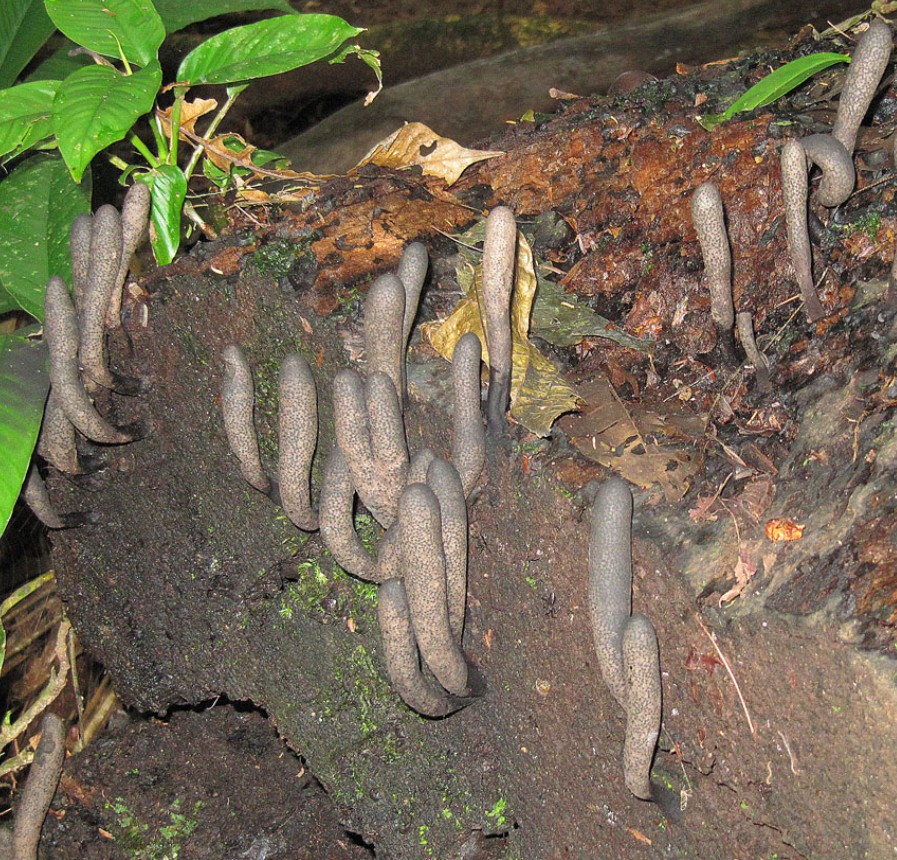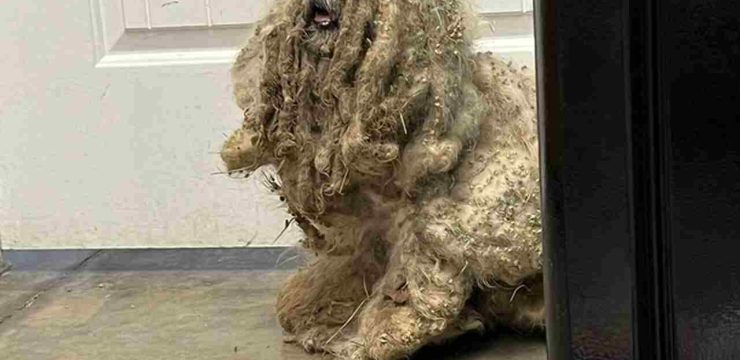Imagine walking through the woods, maybe wandering a little off the trail, perhaps on the lookout for mushrooms or simply enjoying a quiet moment among the trees, when suddenly you spot what looks like a hand clawing its way out of the earth. Gnarled, black “fingers” poke through the damp leaf litter, eerily spread like a human hand, and for a split second your mind leaps straight into horror movie territory.

You think, “Oh no, that’s a body.” But there’s no body—what you’ve stumbled upon is one of the strangest and creepiest fungi in the forest, a species known as Dead Man’s Fingers. Even its scientific name, Xylaria polymorpha, sounds mysterious, though it’s still less disturbing than the unsettling sight it presents. The first time I saw one was on a damp, overcast autumn day, the forest floor scattered with half-rotting leaves. I had been poking around a decaying stump when I noticed a cluster of charcoal-colored, finger-like growths arranged in a disturbingly familiar pattern. For a moment I froze, then my curiosity took over and I crouched to get a closer look. These bizarre growths are fungi, but they look nothing like the fairy-tale mushrooms with red caps and white spots.
Instead, they resemble burnt sausages or shriveled roots frozen mid-reach, as if they were partway to becoming a corpse’s hand. Dead Man’s Fingers grow on dead hardwoods—especially stumps or underground roots—and feed by breaking down decaying wood. They’re saprophytes, meaning they don’t harm living trees. In fact, they perform a vital ecological service, recycling tough, dense wood into nutrient-rich material that enriches the soil for new plant life. When young, these fungi are pale, soft, and slightly fleshy.
As they age, they darken to black and harden, often with lighter or whitish tips that give them an even more finger-like appearance. They’re small—usually just one to two inches tall—but they tend to grow in clusters that can easily be mistaken for a skeletal hand emerging from the soil. While they aren’t poisonous, they are far from edible. Their texture is so woody that chewing one would be like biting into a twig, and even if you dried and ground them, they’d only taste bitter and unpleasant. “Not toxic” does not equal “delicious,” and this is a perfect example of why it’s best to admire wild fungi without considering them for dinner.
Touching them is safe—they won’t give you a rash or ooze anything unpleasant—but it’s still smart to wash your hands afterward, especially during spore season if you have allergies. Dead Man’s Fingers are most often found from late summer into the fall, though once they’ve dried and hardened, they can persist for months, sometimes even poking through snow in winter. They thrive in shady, damp areas and are commonly found around rotting stumps or roots of hardwoods like oak, beech, or maple. Their finger-like shape isn’t some sinister plan to mimic human anatomy—it’s simply how they grow, likely a form that helps with spore dispersal.
The pale tips can sometimes look like fingernails, which certainly adds to their creepy reputation, but it’s purely coincidental. While their appearance might make you want to steer clear, Dead Man’s Fingers play an essential role in the forest ecosystem. By breaking down hardwood, they help return nutrients to the soil, paving the way for new plant growth that sustains other wildlife. It’s a reminder that even the most grotesque-looking organisms can be surprisingly beneficial.
So, if you’re ever hiking and notice what seems like a skeleton’s hand reaching out of the forest floor, don’t panic. Snap a picture, look it up later, and you might just discover you’ve crossed paths with Xylaria polymorpha. Its name may be eerie, and its look downright unsettling, but beyond the “dead thing” vibe lies a fascinating and harmless part of nature’s recycling system—strange, yes, but also remarkable.





